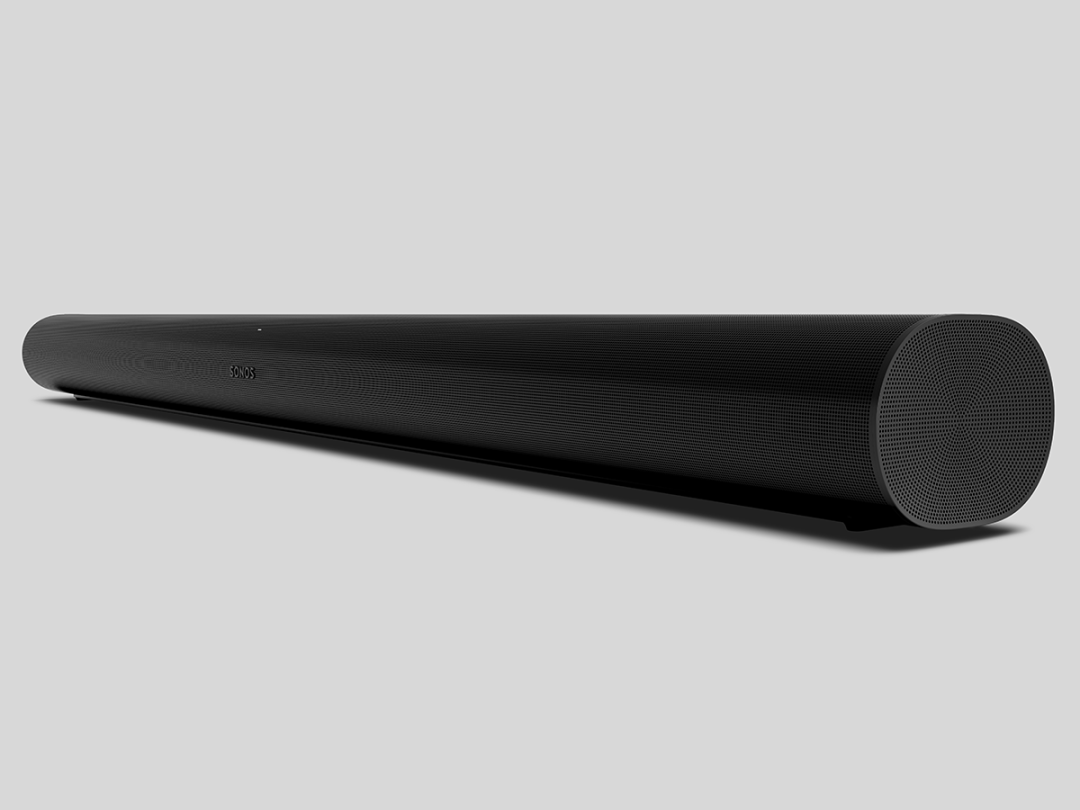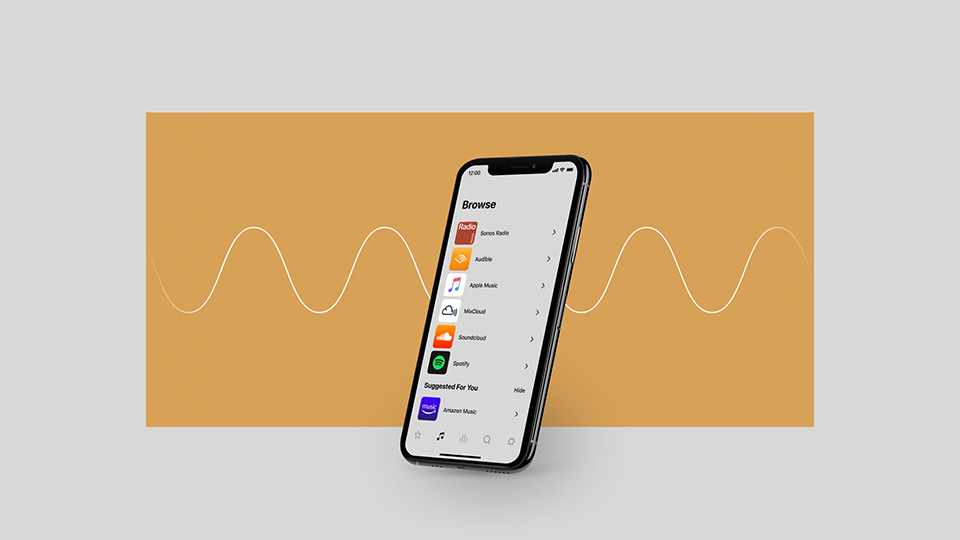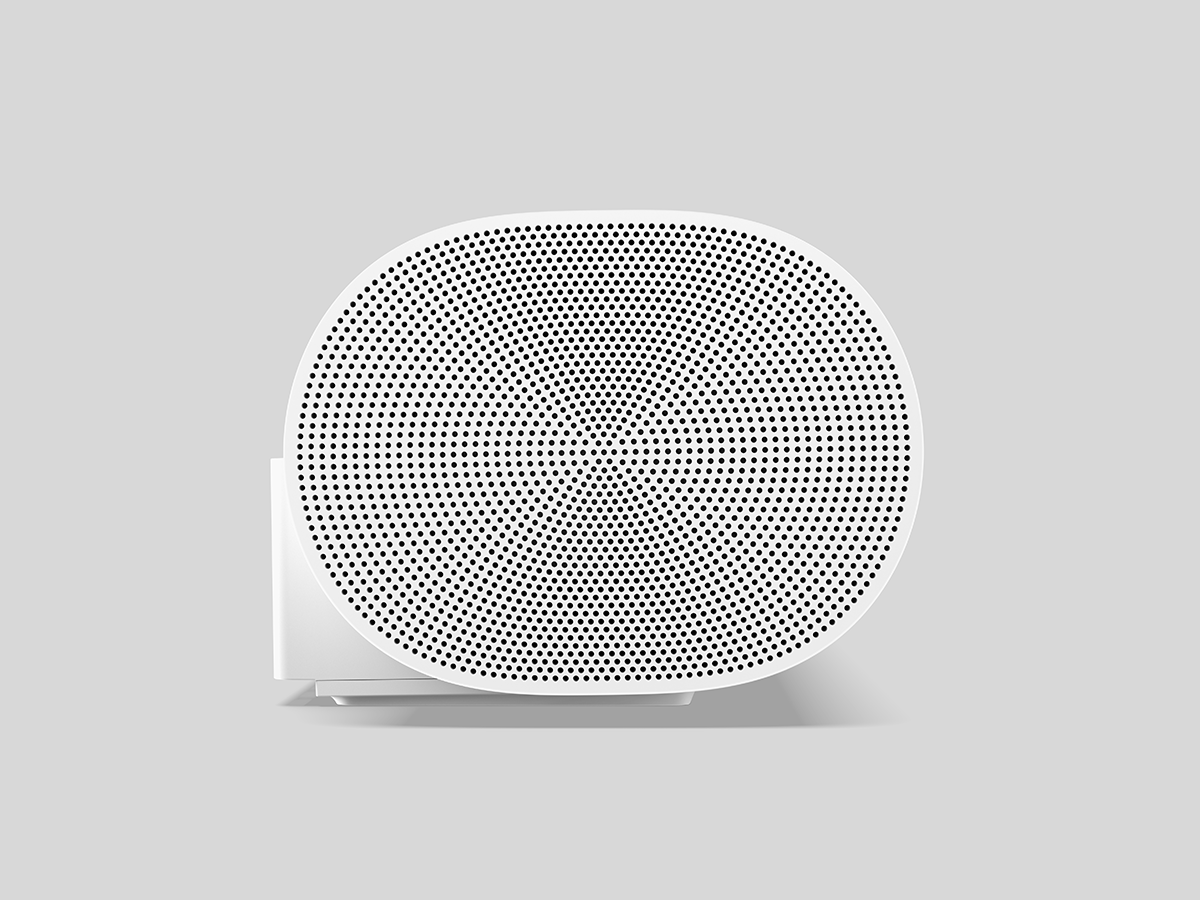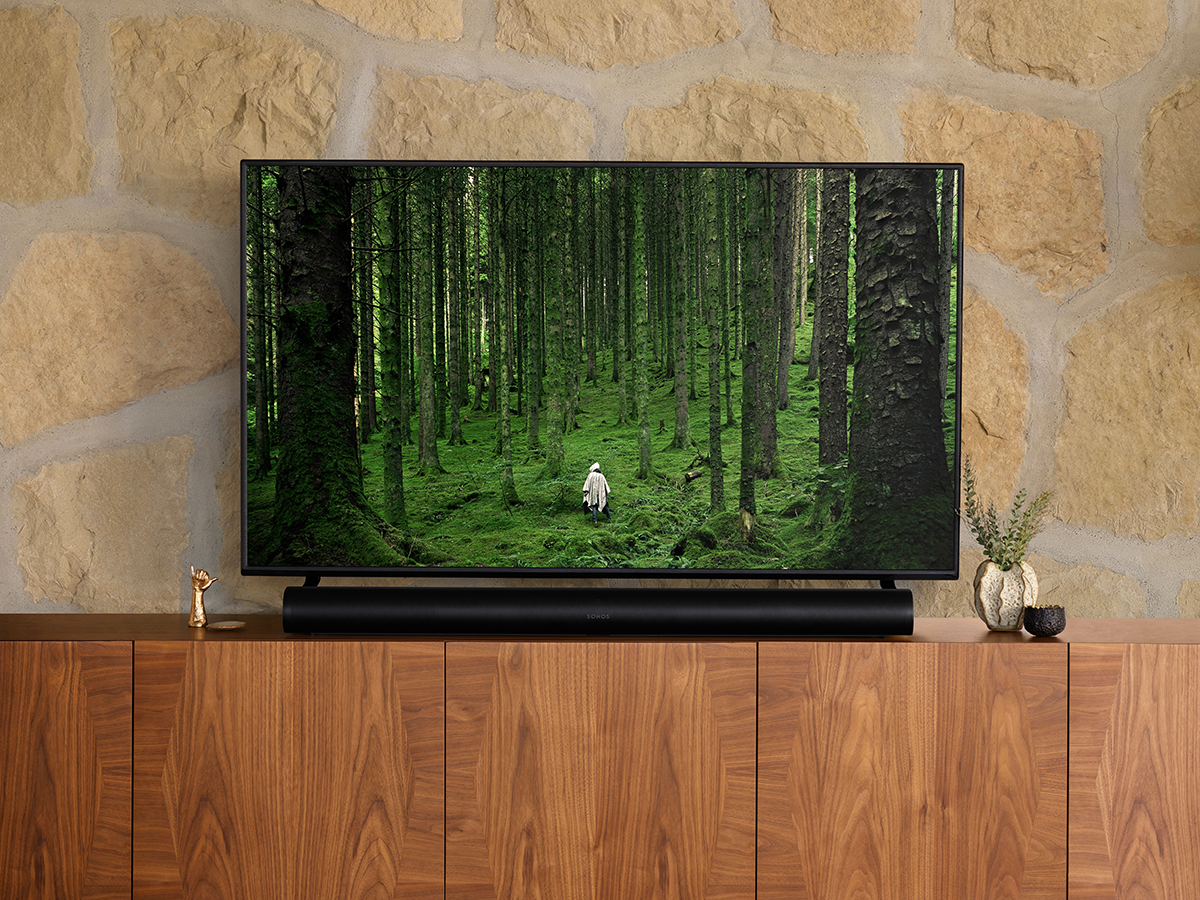Sonos Arc review
“Sonos finally gets around to inventing Dolby Atmos”

Obviously the Dolby Atmos soundbar isn’t a new idea. But Sonos has a way of presenting its new products as if they’re all breaking new ground, and all deploying technologies undreamed of until now. And so it is with the Sonos Arc.
The company has finally put its elderly Playbar soundbar out of its misery, and replaced it with an altogether more up-to-date alternative. Suddenly Sonos has invented the Dolby Atmos soundbar!
Just like it invented wireless, battery-powered Bluetooth speakers with last year’s Sonos Move! Of course, Sonos has established such ubiquity in the last fifteen years or so that a wireless multi-room speaker category doesn’t really exist in the wider public consciousness until there’s a Sonos product in it.
So now that Dolby Atmos soundbars are finally A Thing, is the Sonos Arc a good one?
Design and build: Same as it ever was

If ever form follows function, it’s where soundbars are concerned. Unless you’re Bang & Olufsen, say, there’s not a lot of scope for design flourishes where products like this are concerned, and even less appetite from consumers for them.
So the Sonos Arc looks exactly like a soundbar. It also looks exactly like a Sonos speaker – that’s mostly down to the matte-black or matte-white finishes, the circular perforations forming the acoustic grille along the (114cm) length of the bar, and the impeccable build quality.
If you’ve bought a Sonos speaker in the last year or two, nothing about the Arc is going to surprise or startle you. That length means the Arc is going to look a bit ungainly beneath a TV smaller than, say, 55in. But the 9cm height and 11.5cm depth make it pretty discreet otherwise – and the gently rubberised base and screw-holes at the rear make it simple to position on a table-top or a wall. There’s a bespoke wall-bracket coming ‘soon’, says Sonos.
Features: Things we know we don’t know
Sonos is often quite coy when it comes to the technical details of its products, and there some features of the Arc it simply won’t be drawn on. So what we know for sure is this: There are a total of eleven drivers inside the Arc. Eight are ‘racetrack’-shaped mid/bass drivers – we don’t know how big they are or what they’re made from. The other three drivers are tweeters – they’re of silk-dome construction, but we don’t know how big they are either.
These eleven drivers are powered by eleven discrete blocks of Class D amplification – but we don’t know how much power is being produced. Two of the mid/bass drivers are arranged to fire upwards from the top of the soundbar. There’s another at each end of the Arc, facing outwards. The other four are arranged at careful angles along the front of the bar, and are punctuated by the tweeters. This driver array is, of course, deployed this way in order to give the Arc a shot at delivering meaningful width and height to its sound.
Plus, if you’ve access to an iOS device, it’s possible to use Sonos’ Trueplay room EQ (heard to such worthwhile effect with products like the Move speaker) to let the Arc trim itself to the exact position in which it finds itself. At the back of the bar is a brief cutaway containing the Arc’s equally brief selection of physical inputs.
There’s an eARC HDMI socket, an Ethernet input, a main-power socket and a set-up button. It’s also possible to get audio information on board the Arc using Apple AirPlay 2 or the integrated 2.4GHz wi-fi. No matter how you get audio information into the Arc, it can be dealt with provided it’s a) no greater than 16bit/48kHz and b) not an MQA file.
Interface: Beta better

Because the Arc has upward-firing drivers, it’s important the bar isn’t positioned below a shelf or some other surface. But its interface also makes that a bad idea, too.
For example, there are four far-field mics along the top of the bar. They’re for use with either Google Assistant or Amazon Echo – it’s simple and straightforward to get the Arc to do the basics just by asking it. And there are also a few touch-controls on top there, too – so you don’t want to hamper access to your ‘play/pause’, ‘volume up/down’ or ‘skip forwards/backwards’ controls either. But for everything beyond the extremely broad strokes, the Sonos control app covers every eventuality.
On June 8th the ‘S2′ update for the control app becomes available – so we all have our fingers crossed that the Sonos reputation for the most usable, most stable, most logical and all-around best control app out there is enhanced.
This test took place using a beta version of ‘S2′, so we will just have to wait and see… The control app is where you can integrate the Arc into a wider multi-room system; specify a couple of Sonos One SL wireless speakers as rear channels in a more purposeful surround-sound system; add a Sonos Sub for additional home cinema wallop; integrate any number of music streaming service apps (including the outstanding Sonos Radio); fiddle with some EQ adjustment. And all without that gnawing fear of crashing or freezing that lesser apps give you. The S2 update may even bring compatibility with 24bit content.
Performance: How we get high

If you want to hear a Dolby Atmos-enabled soundbar at its best, give it a Dolby Atmos soundtrack. The audio to Black Panther may not be the crash-bang-wallop Dolby Atmos overload of some other movies, but it’s more thoughtful and altogether more atmospheric than most Dolby Atmos-enabled movies out there. It’s like a proper soundtrack, in other words, one that’s there to serve the movie rather than dominate you with shock and awe.
The Sonos Arc makes a good fist of it. The soundstage it describes is wide and spacious, with every element of the soundtrack given plenty of breathing space and existing separately from every other element.
Detail levels are high, and the Arc does pretty impressive work in bringing those effects that would be behind you in a cinema up alongside your movie-watching seat.
The Sonos is just as happy to do ‘subtle’ as it is to do ‘shouting’, and as a consequence it’s capable of generating real tension and dread. Considering how slim the Arc is, it serves up a respectable amount of low-frequency presence – and it’s not just the blunt thumping of some less capable designs.
Bass sounds are deep and substantial, yes – but they’re also nuanced and textured, and are consequently entirely believable. At the opposite end of the frequency range, the Arc is confident to the point of recklessness. Treble sounds are bright, and the more you wind up the volume the more they threaten to spill into hardness – and some of the clanging metal-on-metal sound effects in Black Panther are all the encouragement the Arc needs to get a bit painful with the highest frequencies.
There’s plenty of EQ adjustment available in the Sonos app, so the first thing you should do is back off the higher stuff unless you’re desperate for tinnitus.
In between, the midrange fidelity that’s so crucial to the home cinema experience is all present and correct. There’s enough detail to give dialogue the impetus and character it needs, and there’s sufficient oomph to make sure it projects well ahead of any of the action that may be kicking off above or below it.
Those side-firing drivers give a real sense of width to the soundtrack, and the upward-firing equivalents do the same things with the height of the sound.
It’s a much, much bigger-sounding device than it looks, the Arc – just don’t go expecting it to do what a ‘proper’ Dolby Atmos set-up (with its rear- and overhead-channels) can do and everything will be fine.
As well as the latent treble aggravation, though, there’s a definite gap, or dip, in the frequency range where ‘bass’ becomes ‘midrange’, and it causes the lower frequencies to sound just slightly estranged from the stuff going on above them.
The Arc’s digital sound processing will alter the amount of bass coming from specific drivers dependent on the type of content that’s being listened to, but it seems unable to smooth out this transition no matter the circumstances. There’s nothing the control app can do about it, either, and it makes for a mildly uneven listening experience. It’s hardly terminal, but it’s one of those characteristics that can’t be unheard once you’ve heard it.
Broadly speaking, everything we’ve said about the way the Arc handles movie soundtracks holds true for music. If you’re a Tidal subscriber, that service’s new Dolby Atmos audio mixes sound big and bold – The Weeknd’s Heartless is deeper, wider and taller than the vanilla stereo version, with all of the momentum and drive the tune requires.
Yes, the treble is still spiky and yes, bass and midrange have had a mild falling-out, but in every other respect the Arc is an entertaining and energetic way to listen to music.
If you’ve only space for one speaker system, and it needs to cover off home cinema and music too, you could a great deal worse than give the Sonos Arc a thorough listen.
Sonos Arc verdict

The part of the Sonos model range most in need of attention is now dealt with – and pretty impressively, at that.
The Arc isn’t your default choice of Dolby Atmos soundbar-cum-audio system, but it needs to be on your shortlist.
Stuff Says…
At last, Sonos is able to give you the big-screen sound to go with those big-screen pictures.
Good Stuff
Wide, tall sound
Impressive bass response
Adept with music as well as movies
Cracking control app (even in beta)
Bad Stuff
Treble has attitude
Slightly uneven frequency response
No MQA support



